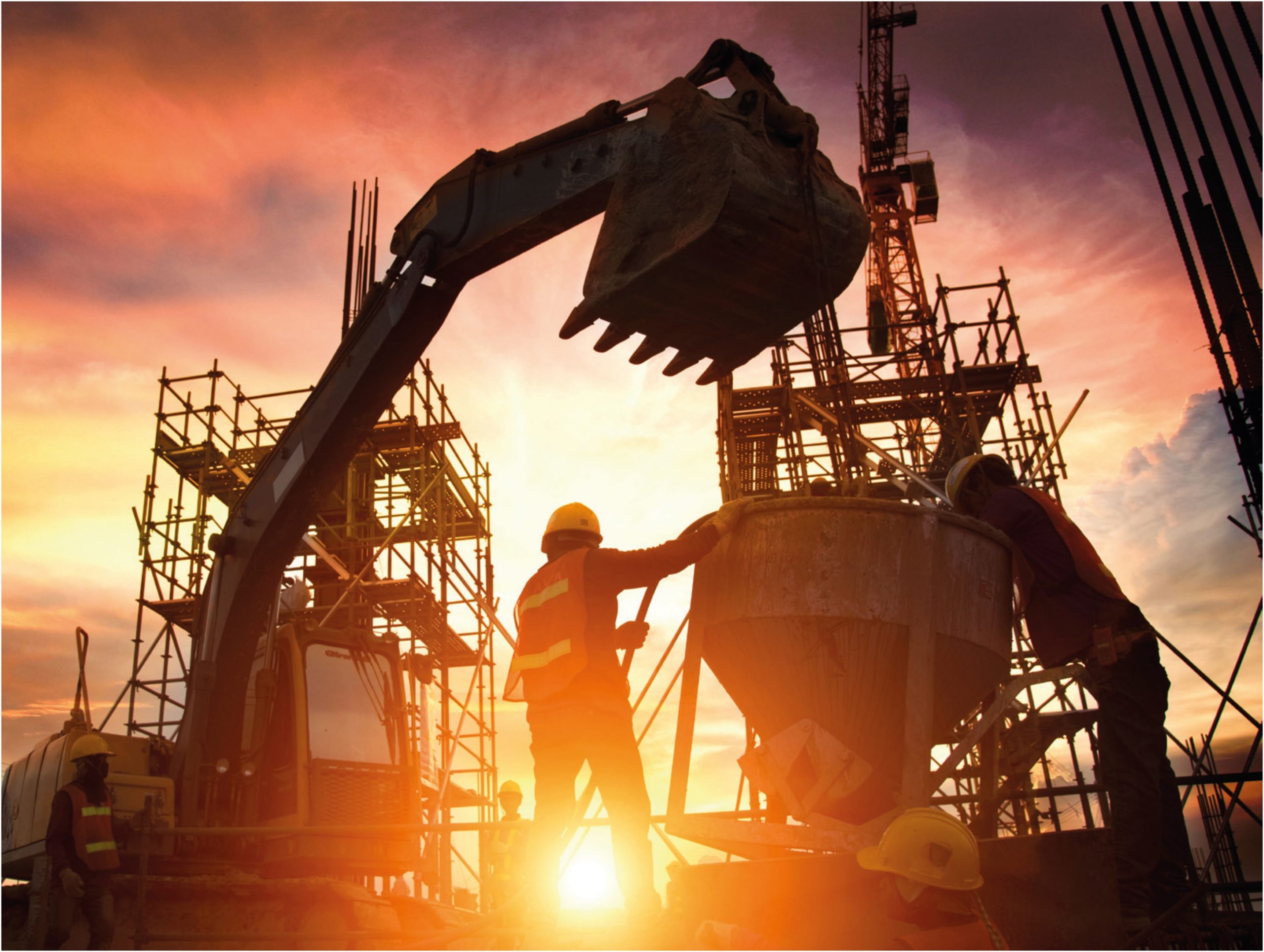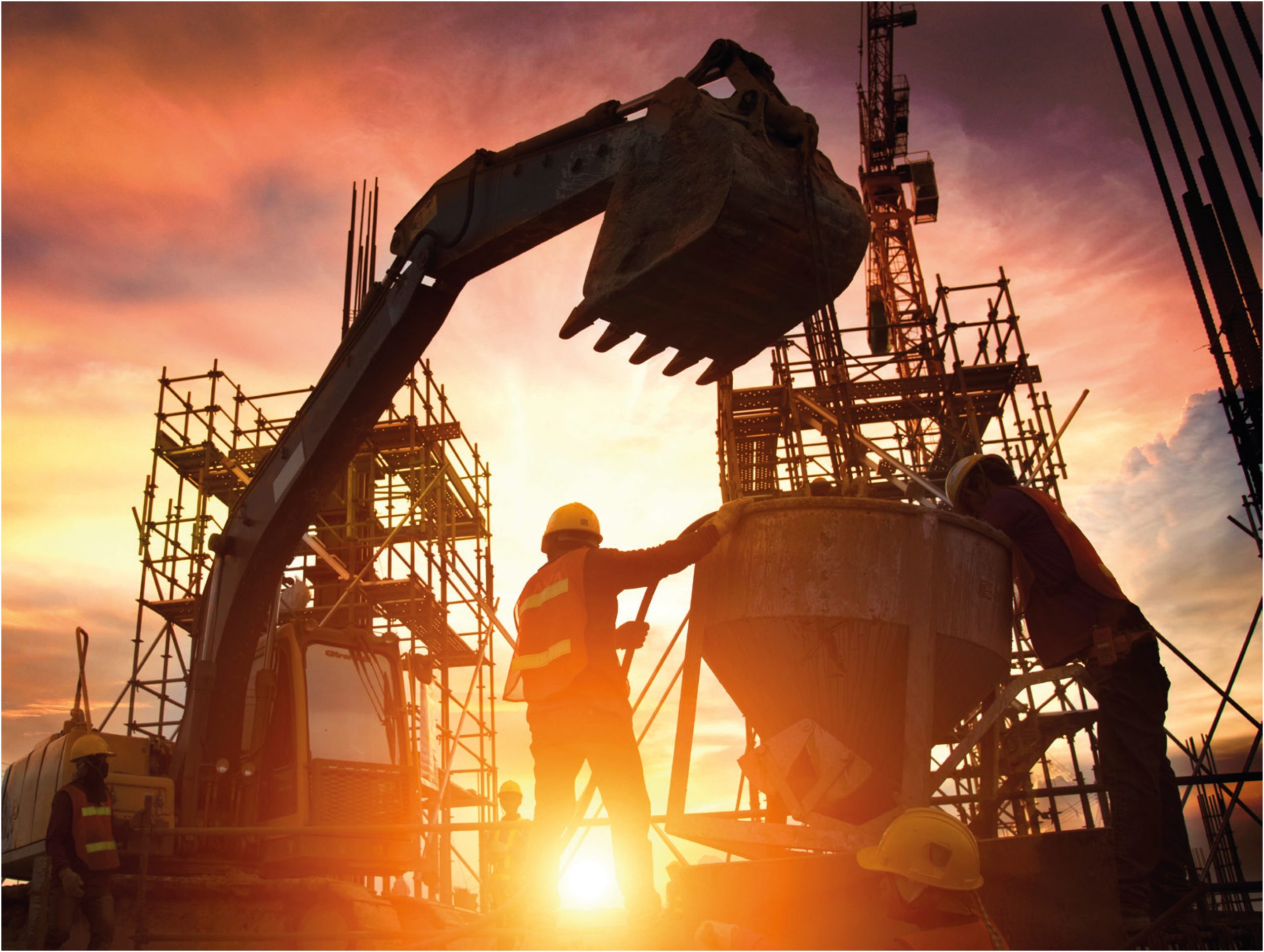The effective management of Occupational Health & Safety in big projects requires readiness, specifications, and expertise
Press Release
Competitive Advantages: Specialization And Know-How
The effective management of Occupational Health & Safety in big projects requires readiness to meet specific requirements, specifications on know-how, and expertise depending on the type of project.
High-Risk Projects
Large-scale construction projects and industrial sites present particular challenges in the management of Occupational Health and Safety.
These are projects related to industrial and construction sectors such as mines, chemicals, oil derivatives, metallurgical industries, shipyards, construction activities etc. They require particular know-how and expertise, specific and very strict instructions, continuous trainings of the stakeholders involved and ongoing supervision. They also involve machinery use and handling, transportation and storage of products and materials, work at heights. It often include risks such as engine noise, raw material or chemical dust, confined workplaces, and even extremely high or low temperatures, and factors that directly or potentially harm workers’ health. Preventing, however, any harmful impact on employee’s health & safety is at the heart of our purpose. The Occupational Doctor and Safety Officer must act as employer advisors, and design, implement and supervise programs that meet the needs of each complex project.
Projects With An Impact On The General Public
Managing OHS in facilities that attract the attention of large numbers of visitors (such as large cultural centers and institutions) requires specific planning, know-how and expertise to address any potential risk.
Responsibility towards visitors requires the existence of a First Aid Station, a medical staff with medical and nursing staff, properly equipped with medical supplies.
In addition, the training of staff in these facilities is essential in the provision of First Aid, crowd management, evacuation of places on the basis of studies and escape plans, as well as psychological crowd management in the event of sudden events such as a natural disaster etc.
Large-Scale Projects
These are projects that are carried out over many kilometers and require special organization, both in terms of staffing, and in monitoring Health & Safety procedures throughout the project.
In addition, they require complete coordination of actions as well as electronic monitoring and instant reporting systems for the current status and progress of the project.
These projects for the effective management of OSH usually require an individualized approach, many resources, know-how and specialization, due to their particular characteristics.
They also require specialized and certified staff, such as site doctors and nurses, special equipment for measuring agents, special training, ambulances, and setting up First Aid stations. A typical example of such an approach is the construction of the TAP Trans Andriatic Gas Pipeline.
Projects Of Special Characteristics
This is a separate category of projects, which by their nature require special expertise. These include the task of implementing Health & Safety audits in its Delegation buildings in 35 non-EU countries, which was awarded to GEP following by a European Commission tender. The implementation of this project required specific studies tailored to the needs of the delegations in each country, as well as specific inspections, such as thermography of electrical installations and measurements of lift components.
Safety Culture
The global scientific community has contributed to the creation and improvement of “tools” that can be used to achieve safe working conditions based on safe human behavior. One of these tools is the BBS-Behavior Based Safety program
The Ultimate Goal Of BBS Programs Is To Eliminate Accidents
Implementing a BBS program is a strategic corporate choice, with specific planning, processes and actions, and the ultimate goal is to eliminate accidents.
The employee consciously recognizes and selects a safe action (behavior) and rejects an unsafe one which could result in an accident. Basically, we are talking about shaping a corporate safety culture.
Experience so far has shown that organizations that choose to invest in developing a safety culture, regardless of their productive field (eg oil companies, automakers, food industries, building materials factories, metal industries, manufacturing and distribution companies) energy, mining, etc.) derive economic benefits from increased productivity and reduction of compensation and absenteeism costs.
Article and image source:


